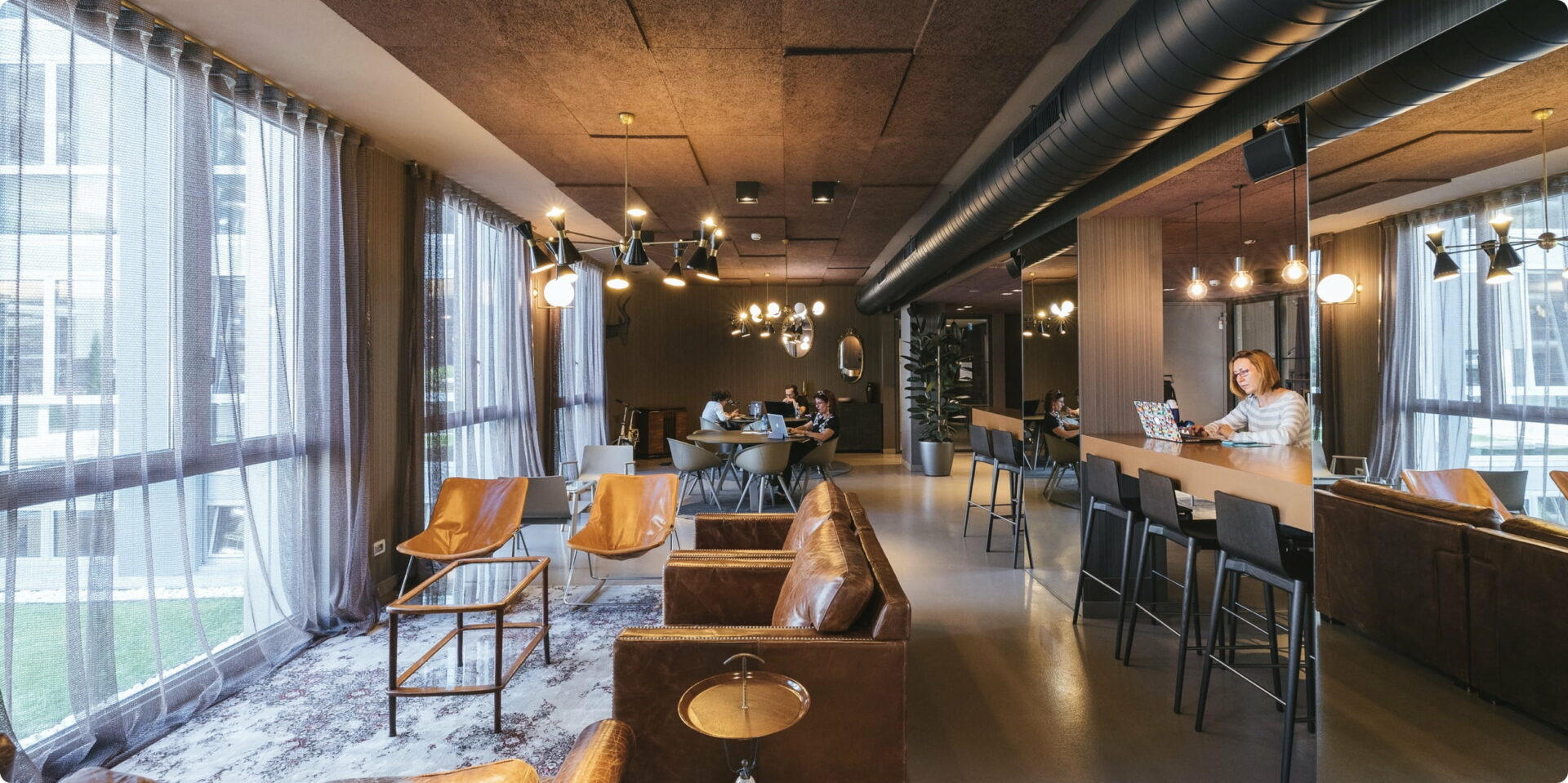“As we transition out of Covid, organisations are considering what the future of work looks like,” says Dr Colin Hughes, head of the Graduate Business School at Technological University Dublin. “While some organisations have made decisions in this regard, many are still trying to figure out the optimum arrangements for their specific organisation. These arrangements will likely differ depending on sectoral contexts and role types.”
Some employees have seen the benefits of remote working, he says, and feel that they are able to do their job effectively when working remotely, either all or some of the time, and have made personal or family decisions on that basis. They would question why there’s a need to move back to the office wholesale, and want a very good reason. Others crave a return to the office, may not be set up to work from home, may need to learn from peers and mentors, or may be feeling a little isolated and need the energy that a busy office provides for some.
“The reality is that the ideal mix of office versus remote will differ by individuals. We are now faced with a situation where employees’ expectations and employers’ expectations may not align. Employees had a lot of time during Covid to reassess their values and expectations, and it is widely reported that employees are rethinking their career choices.”
Managing remotely
Hughes believes hybrid work is here to stay and that “we need to equip leaders for hybrid leadership”. There is a real fear that leaders may forget about those employees who are largely or fully remote, he says. “Organisations are now looking at how their people-managers can build strong team cultures in a hybrid environment – how leaders can connect with, develop and coach team members.
“Hybrid leadership is more difficult and leaders need to be more reflective in terms of employee needs and more intentional in showing people that they care.” Dr Hughes has developed the Soar management model to help leaders manage in a hybrid environment. “The Soar model is something that I developed as a result of research with a range of virtual and hybrid teams. It sets out eight key leadership behaviours that will help hybrid leaders to build trust with team members and ultimately create high-performance team environments.” These eight behaviours are support, showing trust, being open, considering others, granting autonomy, showing ability, providing reliable support, and reflecting on the needs of their team.

“Leaders need to support employees and show that they care. They also need to show them that they trust them. They need to be open to ensure alignment of expectations; the sharing of information also shows trust. Leaders need to consider the other person’s personality and trusting disposition, as sometimes you can do all the right things but trust simply takes longer to develop.”
Importance of autonomy
Autonomy is crucial, and micromanagement can destroy trust as it sends a message that the leader does not trust the team member, says Dr Hughes. The leader’s ability to communicate clearly is particularly important in a hybrid environment. Leaders must be able to form connections, provide clarity, manage multiple communication media and leverage the value of in-person communications.
“As leaders have a significant influence over an employee’s job satisfaction and career progression, they must be reliable and keep their promises to team members. Every promise is scrutinised, and promise fulfilment is key to building trust. Lastly, strong hybrid leaders constantly reflect on the needs of team members, whether they are supported, ensuring that they are connected to them and the wider team.”
Dr Hughes says middle managers are at the front line of this move to hybrid. “It’s people’s direct managers that shape their experience in work, and they need to be equipped with the insights and training to be able to continue leading in an effective way.”
He advises using a blend of face-to-face and remote meetings, and knowing when to engage with people on a personal level. “The key thing is having an employee-centric style of leadership and committing to hiring employee-centric leaders into the future.” Success in hybrid management is about understanding each team member, their needs, and supporting them.










